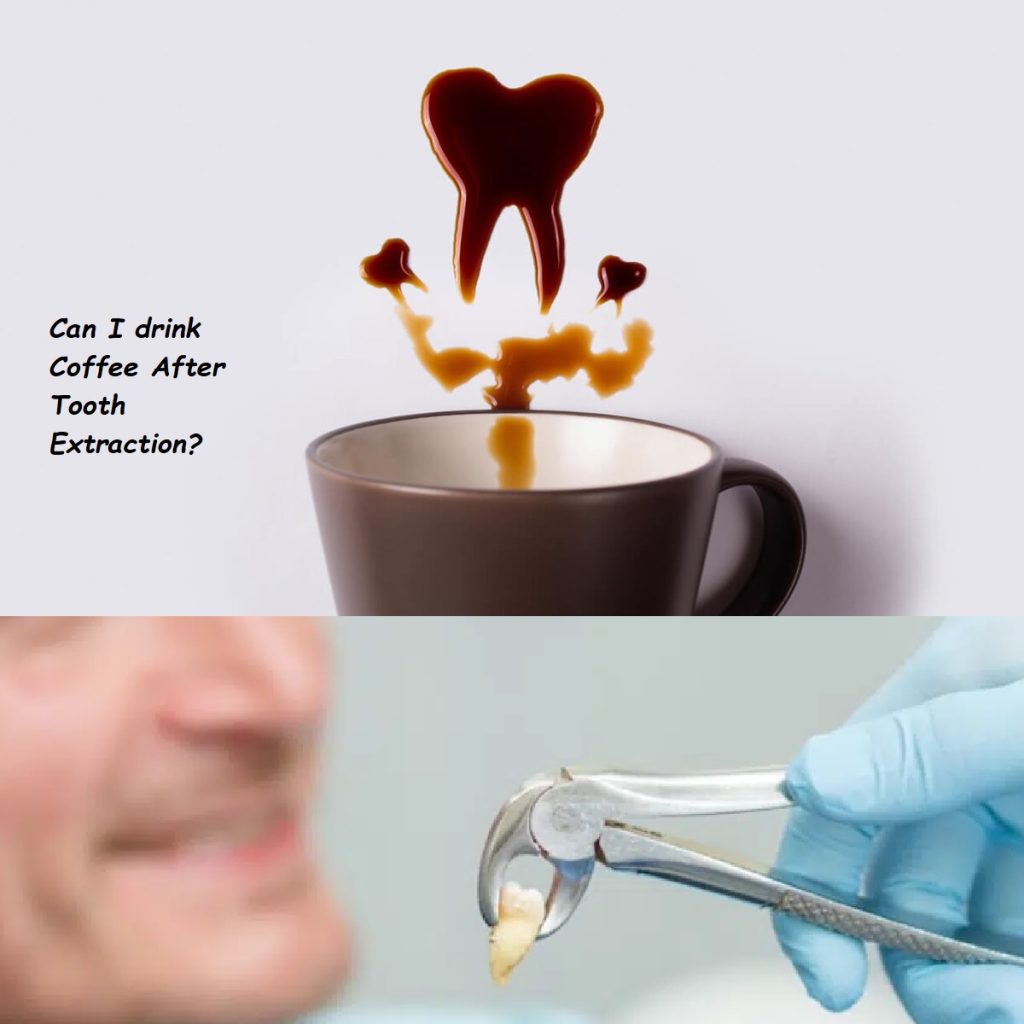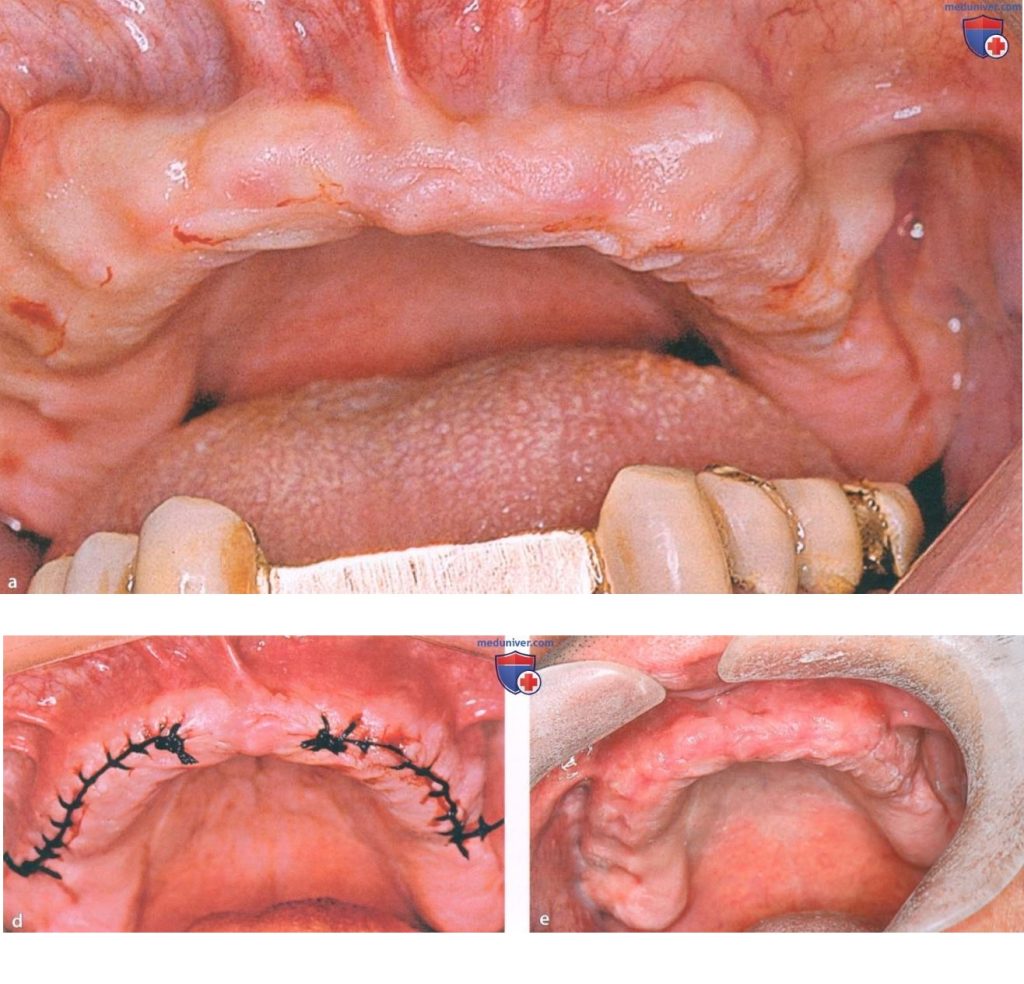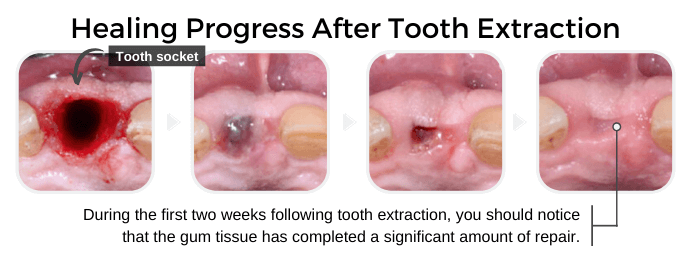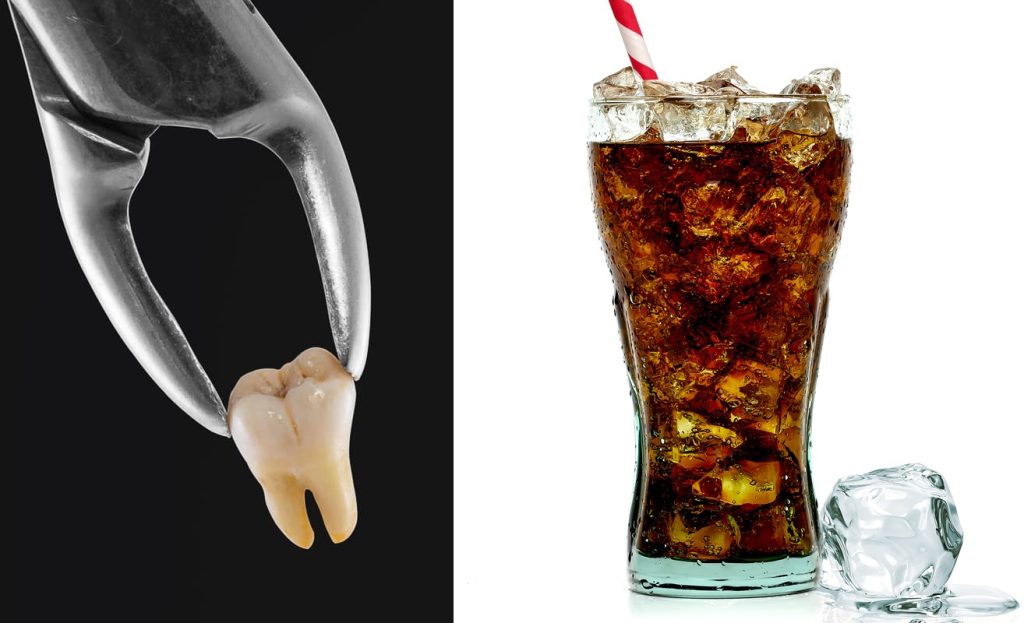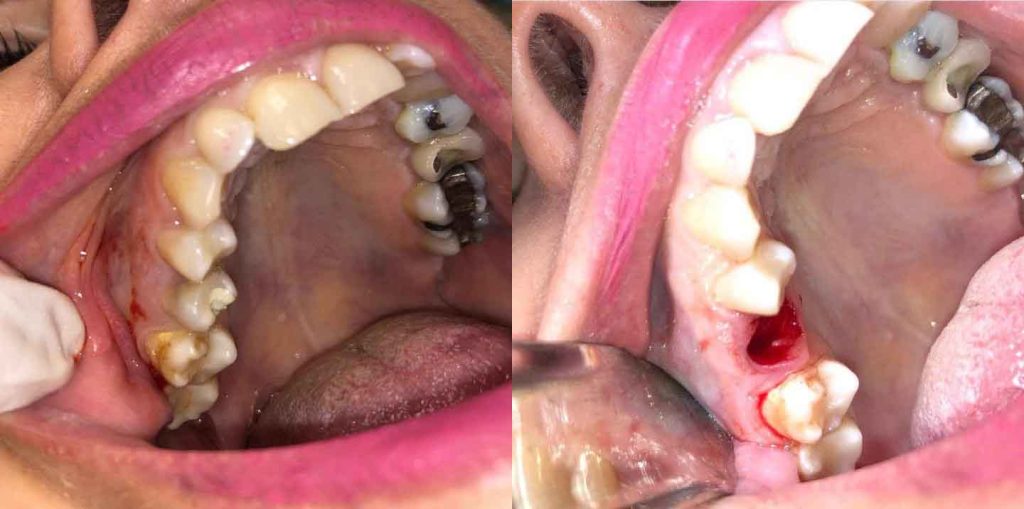Flying After Tooth Extraction And Bone Graft

Undergoing a tooth extraction and bone graft is a significant dental procedure that requires careful planning and post-operative care. One common concern among patients is whether it is safe to fly after tooth extraction and bone graft surgery. This comprehensive guide will explore the risks, recommendations, and best practices for flying after such dental procedures. Understanding these factors can help ensure a safe and comfortable journey while promoting optimal healing.
Understanding Tooth Extraction and Bone Graft Procedures
Tooth Extraction
Tooth extraction is a common dental procedure that involves the removal of a tooth from its socket in the bone. This procedure may be necessary for various reasons, including severe decay, infection, crowding, or trauma. Extractions can be classified into two types:
- Simple Extraction: Performed on a visible tooth using elevators and forceps. It typically involves less complexity and recovery time.
- Surgical Extraction: Required for teeth that are not easily accessible, such as impacted wisdom teeth. This procedure involves making an incision in the gum and possibly removing some bone around the tooth.
Bone Graft
A bone graft is a surgical procedure to repair or rebuild bones through the transplantation of bone tissue. In dental procedures, bone grafting is often used to provide a solid foundation for dental implants or to restore bone lost due to tooth extraction, periodontal disease, or trauma. The types of bone grafts include:
- Autografts: Bone taken from another part of the patient’s body.
- Allografts: Bone sourced from a human donor or cadaver.
- Xenografts: Bone derived from animals, usually cows.
- Alloplasts: Synthetic bone graft materials.
Flying After Tooth Extraction and Bone Graft: Key Considerations
Timing of Your Flight
One of the most crucial factors to consider when planning to fly after tooth extraction and bone graft is timing. The healing process varies for each individual and depends on the complexity of the procedures. Here are some general guidelines:
- Immediate Post-Operative Period: Avoid flying within the first 48-72 hours after surgery. This period is critical for initial healing and managing any complications.
- First Week: If the extraction and bone graft were simple and the healing process is progressing well, some patients may be cleared to fly after the first week. However, always consult with your dentist or oral surgeon before making travel plans.
- Complex Procedures: For surgical extractions or extensive bone grafting, it may be advisable to wait at least 2-4 weeks before flying to ensure proper healing and reduce the risk of complications.
Pressure Changes
Flying involves exposure to changes in cabin pressure, which can affect the healing process after dental surgery. Here’s how pressure changes can impact your recovery:
- Sinus Pressure: Pressure changes can affect the sinuses, which may be closely related to the upper jaw where extractions and bone grafts often occur. This can cause discomfort or pain.
- Bleeding: Increased pressure can sometimes cause or exacerbate bleeding at the extraction or graft site.
- Swelling: Pressure changes can lead to increased swelling, which can delay healing and increase discomfort.
Risk of Infection
The risk of infection is a significant concern after any surgical procedure, including tooth extraction and bone graft. Flying can increase this risk due to:
- Dry Cabin Air: The low humidity levels in an airplane cabin can dry out the mucous membranes, making them more susceptible to infection.
- Exposure to Pathogens: Air travel often involves close contact with many people, increasing the risk of exposure to germs and bacteria.
- Dehydration: Flying can lead to dehydration, which can impair the body’s ability to fight infection.
Managing Pain and Discomfort
Post-operative pain and discomfort are common after tooth extraction and bone graft surgery. Flying can exacerbate these symptoms due to pressure changes and the confined environment. Consider the following tips for managing pain:
- Pain Medication: Take prescribed pain medication before your flight and keep it handy during travel.
- Ice Packs: Use ice packs to reduce swelling and numb the area. Ensure you follow your dentist’s recommendations for applying ice.
- Stay Hydrated: Drink plenty of water to stay hydrated and maintain mucous membrane moisture.
- Soft Foods: Stick to a diet of soft foods that do not require much chewing to avoid aggravating the surgical site.
Preparing for Your Flight
Proper preparation can help mitigate the risks associated with flying after tooth extraction and bone graft. Here are some steps to take:
Pre-Flight Consultation
Before planning your trip, schedule a consultation with your dentist or oral surgeon. They can evaluate your healing progress and provide personalized recommendations. Key points to discuss include:
- Healing Status: Ensure that the surgical sites are healing well without signs of infection or complications.
- Pain Management: Obtain prescriptions for pain medication and any other necessary medications for your flight.
- Emergency Contact: Get the contact information of your dentist or oral surgeon in case you need to reach them during your trip.
Packing Essentials
Prepare a travel kit with all the essentials you might need during your flight to manage your post-operative care:
- Medications: Pain relievers, antibiotics, and any other prescribed medications.
- Ice Packs: Portable ice packs to reduce swelling during the flight.
- Oral Hygiene Supplies: A soft-bristled toothbrush, saline solution, and any recommended mouth rinses.
- Soft Foods and Drinks: Pack easy-to-eat snacks and bottled water to stay hydrated.
Flight Comfort Tips
To enhance your comfort during the flight, consider the following tips:
- Seat Selection: Choose a seat with extra legroom or near the aisle for easier access and comfort.
- Avoid Alcohol and Caffeine: These can dehydrate you, increasing discomfort.
- Stay Upright: Keep your head elevated to reduce swelling.
- Rest: Try to relax and rest as much as possible during the flight.
Post-Flight Care
After your flight, continue to follow your dentist’s aftercare instructions to ensure proper healing. Here are some post-flight care tips:
Oral Hygiene
Maintain excellent oral hygiene to prevent infection and promote healing:
- Gentle Brushing: Use a soft-bristled toothbrush and be gentle around the surgical sites.
- Saline Rinses: Rinse your mouth with a saline solution several times a day to keep the area clean.
- Avoid Straws: Do not use straws, as the suction can dislodge blood clots and delay healing.
Diet
Continue to follow a soft food diet and avoid hard, crunchy, or spicy foods that can irritate the surgical sites:
- Soft Foods: Opt for foods like yogurt, mashed potatoes, and smoothies.
- Hydration: Drink plenty of water to stay hydrated and support the healing process.
Monitor for Complications
Keep an eye out for any signs of complications, such as:
- Persistent Pain: Pain that doesn’t improve or worsens over time.
- Swelling: Excessive or increasing swelling.
- Bleeding: Persistent bleeding that doesn’t subside with gentle pressure.
- Infection: Signs of infection, such as fever, chills, or pus discharge.
If you experience any of these symptoms, contact your dentist or oral surgeon immediately.
Long-Term Care and Recovery
Healing from tooth extraction and bone graft surgery can take several weeks to months, depending on the complexity of the procedures and individual factors. Here’s what to expect in the long term:
Follow-Up Appointments
Regular follow-up appointments with your dentist or oral surgeon are crucial for monitoring your healing progress and addressing any issues. These visits allow for:
- Evaluation: Assessing the healing of the extraction and graft sites.
- X-Rays: Taking X-rays to ensure the bone graft is integrating properly.
- Planning: Discussing any additional dental work, such as dental implants, if needed.
Oral Health Maintenance
Maintaining good oral health practices is essential for long-term recovery and the success of the bone graft:
- Brushing and Flossing: Brush twice daily and floss regularly to keep your mouth clean.
- Healthy Diet: Consume a balanced diet rich in nutrients that support bone health, such as calcium and vitamin D.
- Avoid Tobacco: Do not smoke or use tobacco products, as they can impair healing and increase the risk of complications.
Conclusion
Flying after tooth extraction and bone graft surgery requires careful consideration and planning. By understanding the potential risks and following your dentist’s recommendations, you can ensure a safe and comfortable travel experience. Always prioritize your health and healing by allowing adequate time for recovery before flying. Proper preparation, including packing essential items and following post-operative care instructions, can significantly enhance your comfort and reduce the risk of complications. Remember, your oral health is crucial, and taking the necessary precautions will help you achieve the best possible outcome after your dental surgery.
Related to read:
Best Oral Hygiene Practices For Optimum Oral Health.
How to Whiten Teeth Naturally?
How to keep your gums healthy and disease-free?
References
To ensure the information provided is accurate and up-to-date, the following sources were referenced:
- American Dental Association. (n.d.). Plaque and Tartar. Retrieved from ADA website
- Mayo Clinic. (n.d.). Dental Plaque. Retrieved from Mayo Clinic website
- National Institute of Dental and Craniofacial Research. (n.d.). Periodontal (Gum) Disease. Retrieved from NIDCR website



